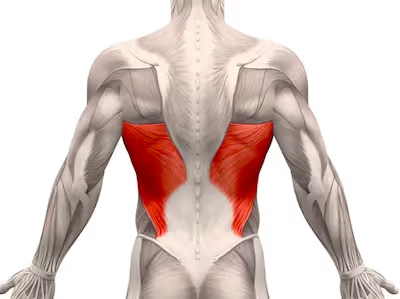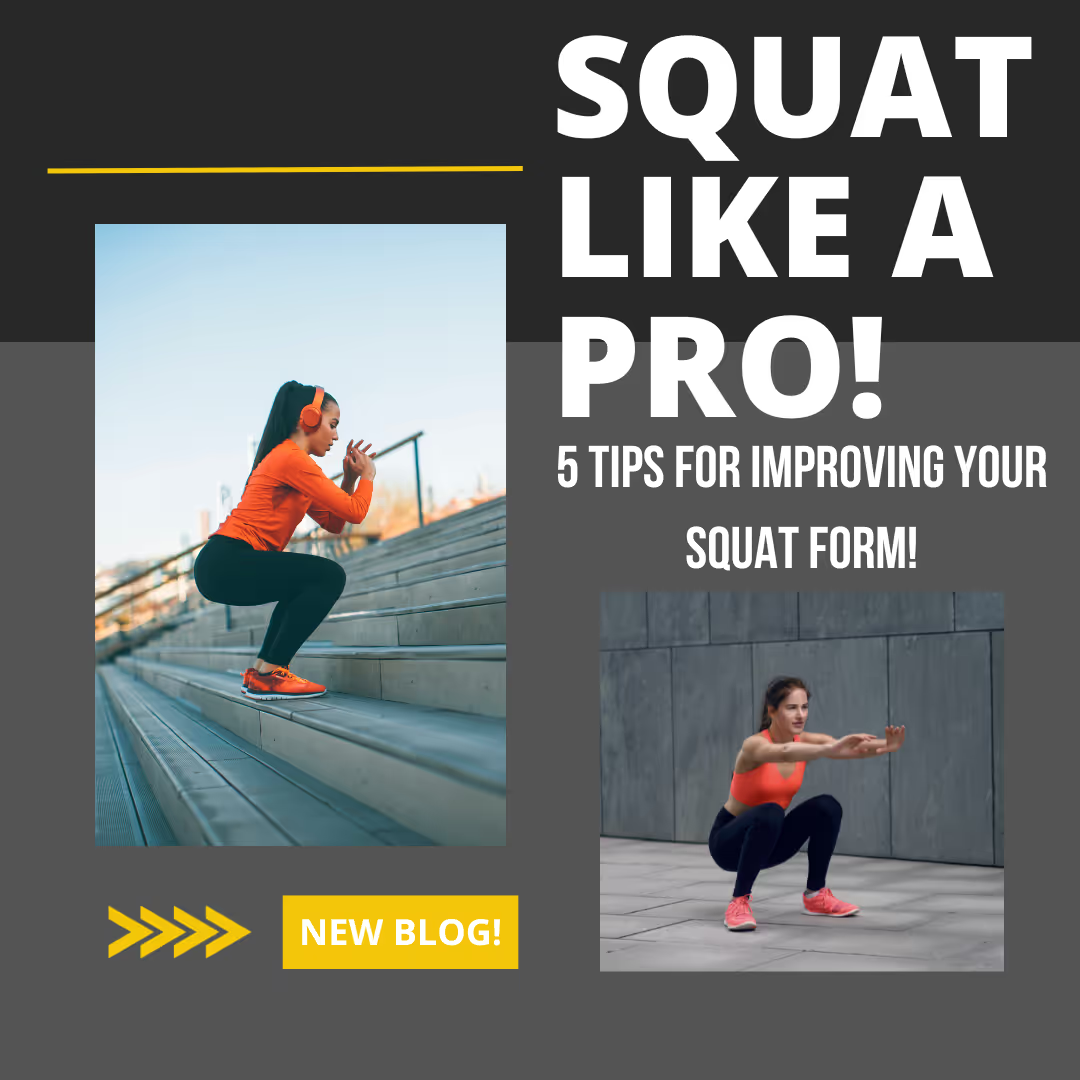Happy New Year!
At the start of the New Year, most people create a list of resolutions to better themselves. Many of my patients are focused on their health and wellness, and that usually involves exercise. In order to start off right, I want to do a deep dive into squats, their benefits and some tips and tricks to get the most of your squats.
Squats are a compound exercise which means they work multiple muscle groups at the same time. When you do a squat, you're working your quads, hamstrings, glutes, lats and core. That's a lot of muscle power!
Why are squats so great?
There are lots of benefits of squatting for your body. Here are just a few:
- Build strength: Squats help you build strength in your lower body muscles. This can help you improve your performance in other activities, like running, jumping, and playing sports.
- Improve balance: Squats help you improve your balance and coordination. This will improve your overall performance, whether you are an athlete on a field or using a barbell.
- Reduce injury risk: Squats strengthen the muscles and tendons around your knees and hips as well as your muscles that support your spine. This can help actually reduce your risk of injury.
Five tips to squat like a pro:

- Set your feet like a tripod
This one might sound familiar if you read my previous blog on deadlifts. Many of the set up cues are actually very similar, the biggest difference is that squatting is a pushing movement while deadlifts are a pulling movement.
Press your weight through your big and little toe joints as well as your heel. The goal is to have equal weight distribution throughout your foot, you shouldn’t feel like your weight is all in your toes or your heels.
Pro tip: if you tend to be heavy in your heels and are struggling to shift weight toward the front of your foot, try performing front squats. Front squats will cause you to naturally shift your weight into the mid foot.
2. Rotate your thighs out to engage your glutes
This works best when done in tandem with grounding your feet, or setting your “foot tripod.” Check out this video for more details!
Many people will “cheat” and turn their toes out to create this feeling of stability, but what you’re actually feeling is bony or joint restriction instead of active muscular stability by engaging your glutes.
3. Engage your lats

This looks a little different than the deadlift but the principle remains the same. Look how big your lats are and where they attach in your lower back (red muscle). The white area your lats attach to is called your thoracolumbar fascia. By engaging your lats, you will create extra stability at your low back.
Use the cues “break the bar,” “bend the bar” or my favorite “pull the bar apart” in order to engage your lats.
4. Brace your core
Bracing does not involve “sucking in.” In fact, we want to create pressure to support our spine 360 degrees. Most people are good at using their six pack muscles called the rectus abdominis, but this can lead to a “doming” at the belly and can actually cause extra compression at the spine. Most of my patients benefit from cueing for bracing laterally.
5. Breathing pattern
While we don’t recommend holding your breath causing a “valsalva maneuver”, there are benefits to using this technique. As you brace your core and expand your belly (diaphragm) laterally, inhale as you sit down into your squat and hold that inhale until you stand up at least ¼ of the way, at this point you should be driving through your legs and you can use your exhale to give you more power to stand up.
In good health,
Dr. Eliza Cohen
Performance Physical Therapist + Wellness Consultant
Wilmington, NC
Follow here for more performance and nutrition tips: @conquermovementpt @doctor_cohen14

